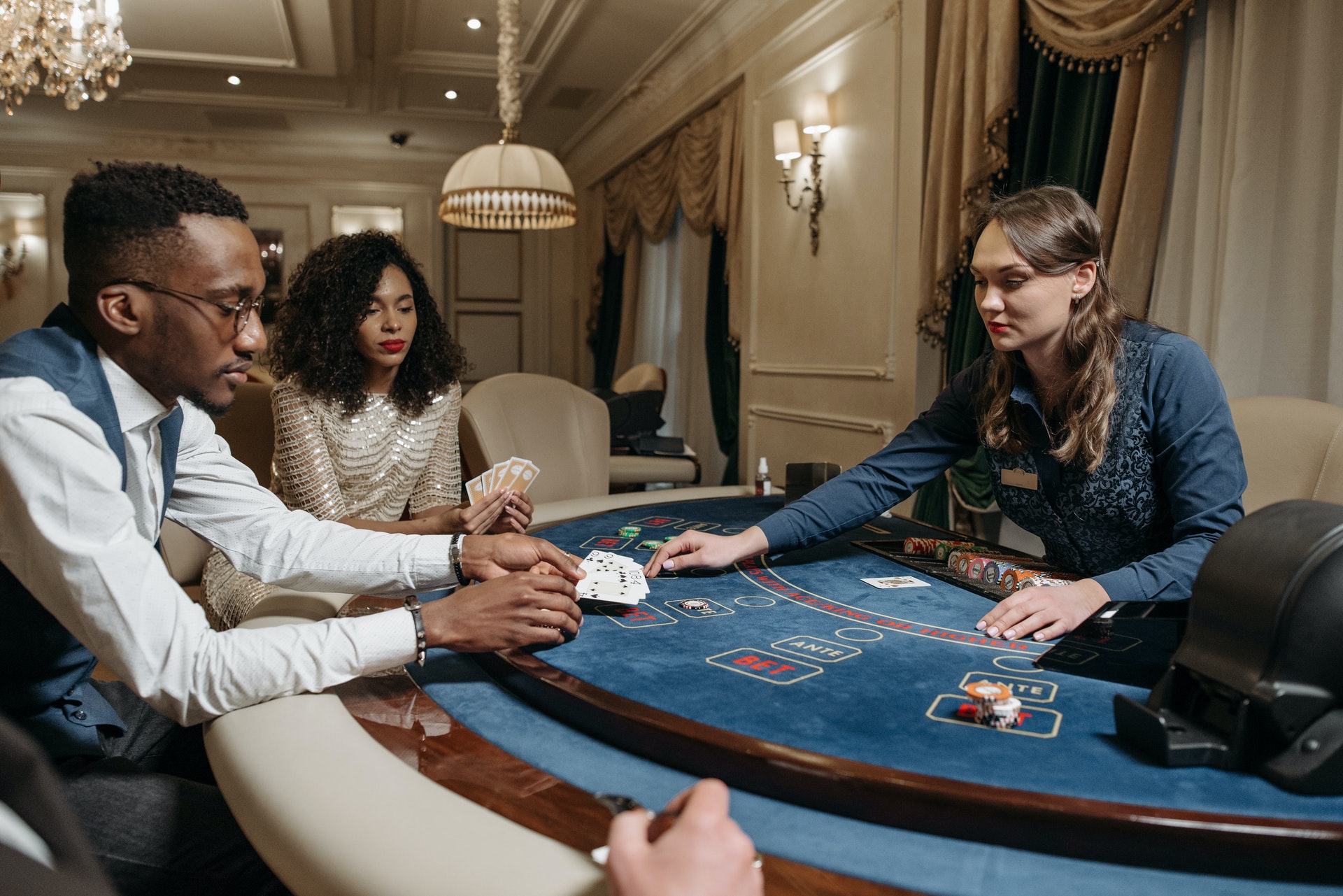Instructions for playing a Texas Hold’em poker game.
Texas Hold’em poker game includes several varieties, the majority of which are defined by the way the betting is done. You must know how to play poker in each of these versions.
A time limit is imposed on the game of poker.
In limit poker, each betting round allows for a maximum of four bets. There is no restriction to how many times a player may raise in No-Limit Poker and Pot Limit Poker, whereas there is no limit to how many times a player can grow in these games. Before a game of Limit Poker can begin, both the bet and the raise must be agreed upon. For example, in a 1/2 Limit game, the total amount of bets and raises should be one. There will be no exceptions. At the end of the game, i.e., in the last two rounds, the sum of the bet and raise must equal 2.
Marijuana use is restricted.
You can raise a stake to the whole sum in the pot when playing Pot Limit. For example, if the total amount in the pool is 30 and the first player to act in the betting round bets 10, the second player can wager a total of 20 (30 -10), which is his part of the call, and raised by the same amount, the whole amount in the pot when the action reached him, including his call. There is no limit to the number of raises that may be made at any given moment in a Pot-Limit game.
There are no constraints.
• In a No-Limit variation of Texas Holdem poker, there are no wagering restrictions. Any player can stake any amount, even their whole stack, in each round. The minimum stake, however, must be equivalent to the Big Blind.
• The blinds are something I’d want to have back.
• To prevent late entrance into a game, you can either pay an initial fee equivalent to the large blind or sit out and wait for the big blind to reach your position, especially for players who wish to avoid the blinds. The late player can either post the large blind or wait for the big blind to be called.
• If the player elects to wait for the large blind, he will be seated and unable to join in the action until the big blind arrives. If a player misses the big bling, he will also lose the small blind and the dealer’s button if he remains at the table for a lengthy amount of time. If the blinds are missed, you must post the large blind plus a ‘dead’ bet equal to the small blind.
Pans on both the main and side of the screen
If a player does not have enough chips to match a wager, he does not require to fold his cards. Let’s look at an example: player B has a 100-rupee stack, while player A’s current stake is 200-rupees. Player B has the option of betting his full Rs 100 on a single wager. The pot is now separated into two sections: one for the main pool and the side pot. All chips in the main jackpot are wagered until player B moves all-in. However, when Player A staked Rs 200, only Rs 100 of his bet (the amount gambled by Player B) goes into the main pot, while Rs 100 goes into a side pot. The round’s betting continues at Rs 200, with each stake shared evenly amongst the banks. Only bets in the side pot are made in future games.
If Player A has the best hand, he receives all the chips (both main and side pot). If player B wins, he gets the main pool; however, the side pot goes to the player who has the second-best poker hand.
Many side pots are produced when a large number of players go all-in. Players in all betting rounds are eligible for both the main and side banks, and All-in players are only eligible to win the main and side pots generated before they go all-in.
On the Internet, How to Play Omaha Poker
Omaha poker (sometimes known as Omaha Hold’em) is a variation based on Texas Hold’em. To learn how to play poker, you must first comprehend the many forms of poker. The main difference between the two variants is that Omaha uses four-pocket or hole cards instead of two. Players can only utilize two of their four pocket cards and three of the five communal cards on the table to build combinations. The hand with the best five cards wins the pot.
Gameplay in Omaha High/Low: Unlike other games, where the best hand is rewarded, Omaha High/Low values even the lowest hand. The pot is evenly distributed between the two hands. When playing Omaha High/Low, a player can create a five-card combination utilizing only two of his four pocket cards and three of the five communal cards on the table.…



